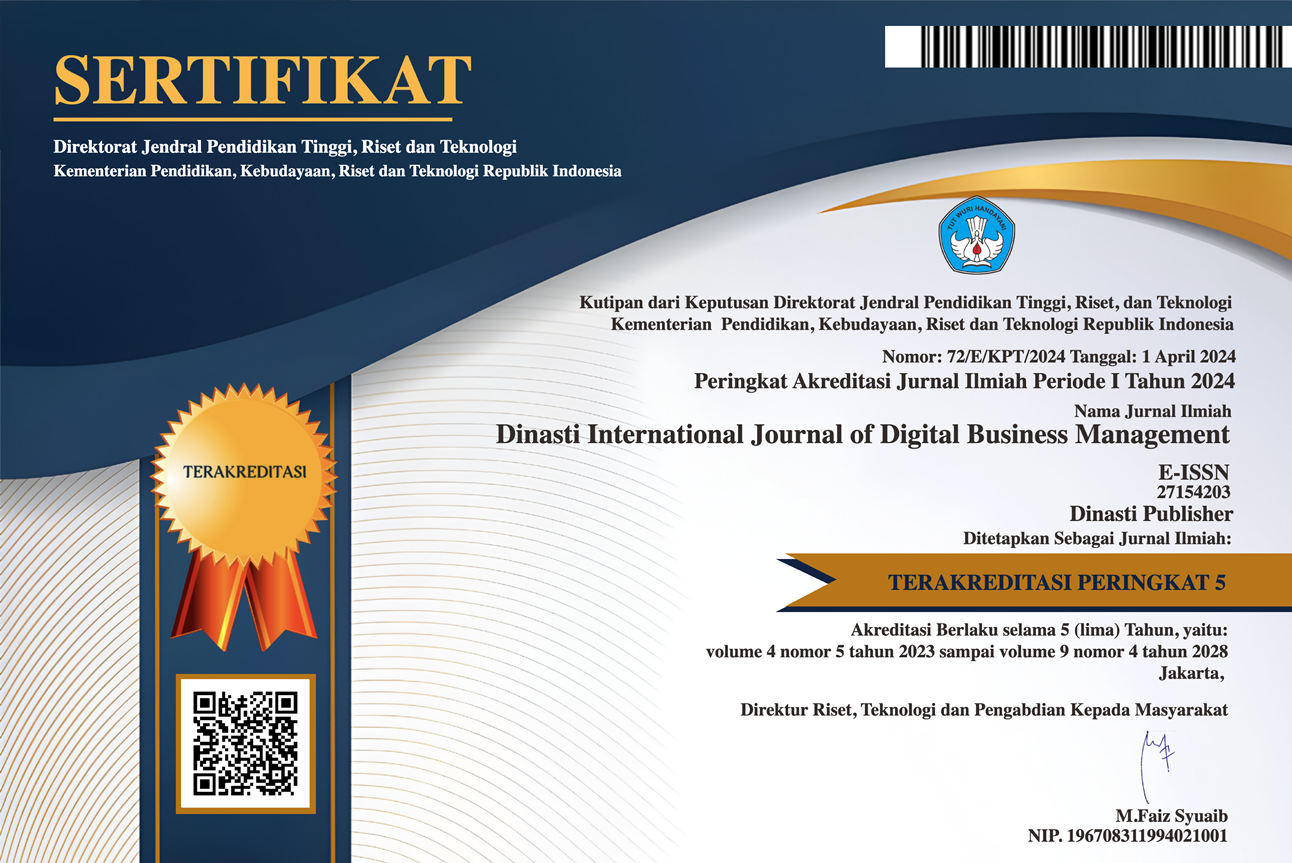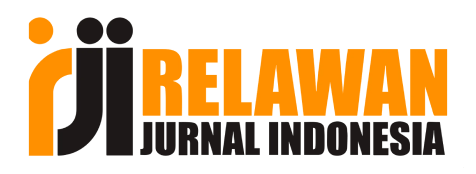The Influence of Compilation and Evaluation of Key Performance Indicators (IKU) on the Quality of Performance Planning and Its Implications for the Value of Government Agency Performance Accountability (AKIP)
DOI:
https://doi.org/10.38035/dijdbm.v6i3.4576Keywords:
KPI, AKIP, performance planning, evaluation, accountabilityAbstract
This study aims to analyze the influence of the compilation and evaluation of Key Performance Indicators (KPI) on the quality of performance planning and its implications for the value of Government Agency Performance Accountability (AKIP). KPIs are strategic tools used to measure the achievement of organizational objectives in a structured and measurable way. In practice, poorly designed KPIs that fail to meet SMART principles often result in inaccurate performance measurements and misalignment between institutional and individual indicators. This study adopts a literature review approach by analyzing relevant theories and empirical findings from various credible sources. The results indicate that relevant and periodically evaluated KPIs significantly improve performance planning quality and positively affect AKIP scores. Data-driven, participatory, and results-oriented planning directly contributes to government agencies’ performance accountability and transparency.
References
Agustin, R. (2023). Kualitas perencanaan dan implikasinya terhadap akuntabilitas kinerja instansi pemerintah di Provinsi Banten. Jurnal Kebijakan Publik, 12(1), 75–89.
Anthony, R. N., & Govindarajan, V. (2004). Management control systems. McGraw-Hill.
Behn, R. D. (2001). Rethinking democratic accountability. Brookings Institution Press.
Bouckaert, G., & Halligan, J. (2008). Managing performance: International comparisons. Routledge.
Drucker, P. F. (1954). The practice of management. Harper & Row.
Effendi, A. (2020). Evaluasi indikator kinerja sebagai pendukung perencanaan strategis di sektor publik. Jurnal Manajemen Kinerja Publik, 8(2), 101–115.
Griffin, R. W. (2010). Fundamentals of management (7th ed.). South-Western Cengage Learning.
Hatry, H. P. (2006). Performance measurement: Getting results. The Urban Institute Press.
Hood, C. (1991). A public management for all seasons? Public Administration, 69(1), 3–19. https://doi.org/10.1111/j.1467-9299.1991.tb00779.x
Kaplan, R. S., & Norton, D. P. (1996). The balanced scorecard: Translating strategy into action. Harvard Business Review Press.
Mardiasmo. (2009). Akuntansi sektor publik. Andi Offset.
Miles, M. B., & Huberman, A. M. (1994). Qualitative data analysis: An expanded sourcebook. SAGE Publications.
Moynihan, D. P. (2008). The dynamics of performance management. Georgetown University Press.
Nurhadi, M., & Suryanto, H. (2022). Pengaruh kualitas perencanaan terhadap kinerja instansi pemerintah: Studi kasus di Pemerintah Kabupaten Banyuwangi. Jurnal Manajemen Sumber Daya Manusia, 13(3), 45–56.
Osborne, D., & Gaebler, T. (1992). Reinventing government. Addison-Wesley.
Pollitt, C., & Bouckaert, G. (2011). Public management reform: A comparative analysis (3rd ed.). Oxford University Press.
Saharani, R. P., & Suharni, S. (2023). Pengaruh kejelasan sasaran anggaran, transparansi, dan kualitas sumber daya manusia terhadap akuntabilitas kinerja instansi pemerintah: Studi pada organisasi perangkat daerah (OPD) Kabupaten Magetan. Jurnal Akuntansi Merdeka, 4(1), 66–74.
Setiawan, B. (2020). Kualitas perencanaan dan pengaruhnya terhadap AKIP di Indonesia. Jurnal Manajemen Pemerintahan, 14(3), 45–56.
Sulistiyono, B., & Mahardika, D. (2022). Analisis hubungan IKU dan AKIP di instansi pemerintah. Jurnal Akuntabilitas Publik, 9(1), 67–78.
Wahyuni, T. (2021). Pengaruh kualitas perencanaan kinerja terhadap akuntabilitas kinerja instansi pemerintah di Jawa Barat. Jurnal Administrasi Negara, 16(2), 150–160.
Wijayanti, S. (2021). Penyusunan IKU berbasis data dalam perencanaan kinerja. Jurnal Kebijakan Publik, 18(4), 56–68.
Zed, M. (2014). Metode penelitian kepustakaan. Yayasan Obor Indonesia.
Downloads
Published
Issue
Section
License
Copyright (c) 2025 Oktiva Handaningrum

This work is licensed under a Creative Commons Attribution 4.0 International License.
Authors who publish their manuscripts in this journal agree to the following conditions:
- The copyright on each article belongs to the author(s).
- The author acknowledges that the Dinasti International Journal of Digital Business Management (DIJDBM) has the right to be the first to publish with a Creative Commons Attribution 4.0 International license (Attribution 4.0 International (CC BY 4.0).
- Authors can submit articles separately, arrange for the non-exclusive distribution of manuscripts that have been published in this journal into other versions (e.g., sent to the author's institutional repository, publication into books, etc.), by acknowledging that the manuscript has been published for the first time in the Dinasti International Journal of Digital Business Management (DIJDBM).















































